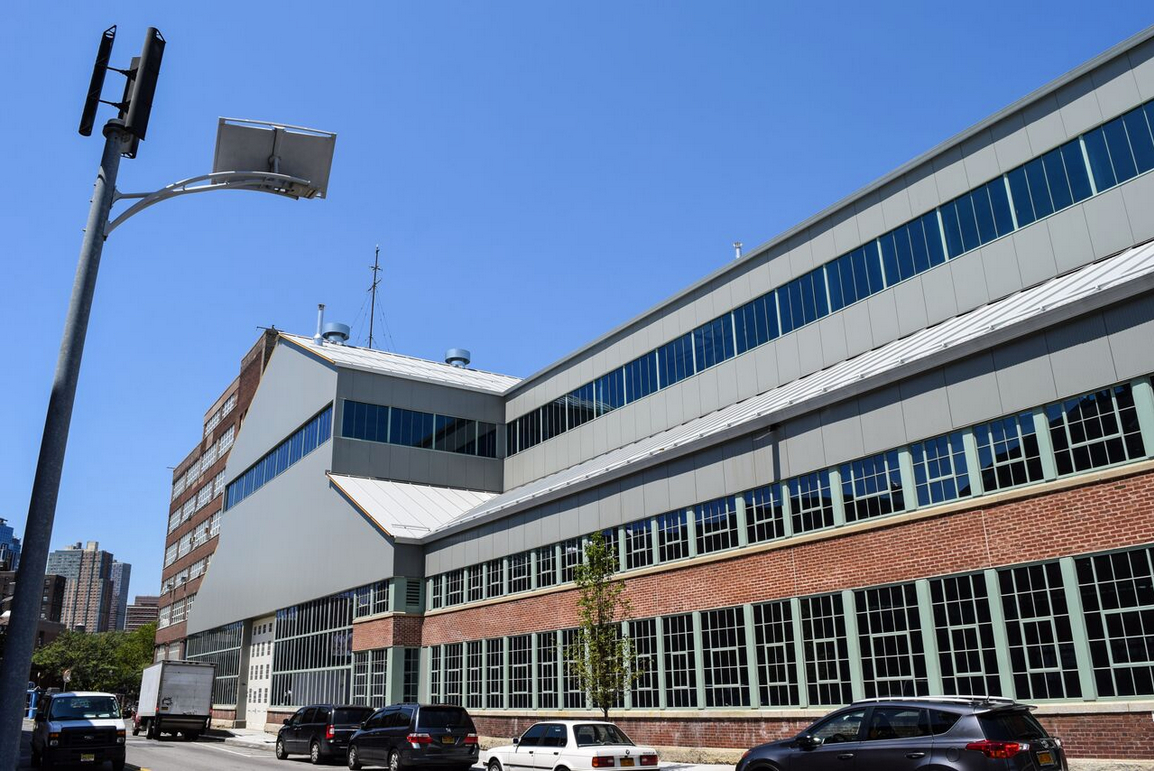Home Sweet Home in historic Wallabout
Eye On Real Estate: Susan Raskin is the proud owner of 73 Vanderbilt Ave.

Susan Raskin's Wallabout house, 73 Vanderbilt Ave., was built in the 1830s.
Susan Raskin’s 1830s Wallabout house is a knock-out and she wouldn’t dream of living anywhere else.
But when she first laid eyes on it during a home-buying hunt, she refused to get out of the car.
Mind you, this was in 1978, when numerous Brooklyn neighborhoods with superb housing stock were sketchy, to put it politely.
